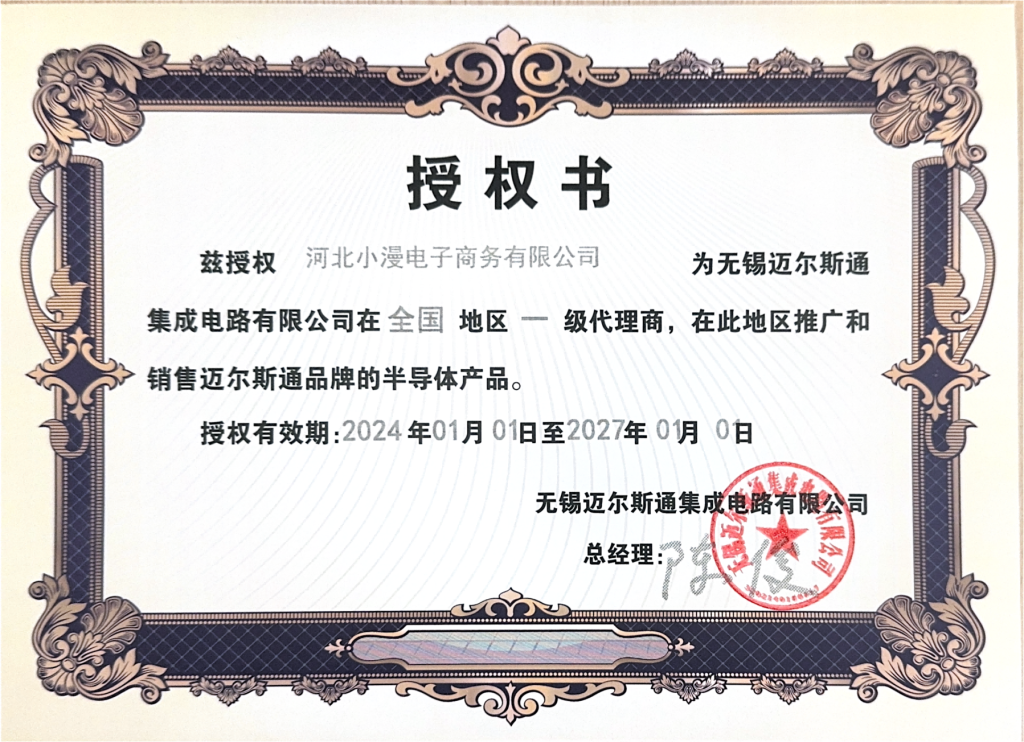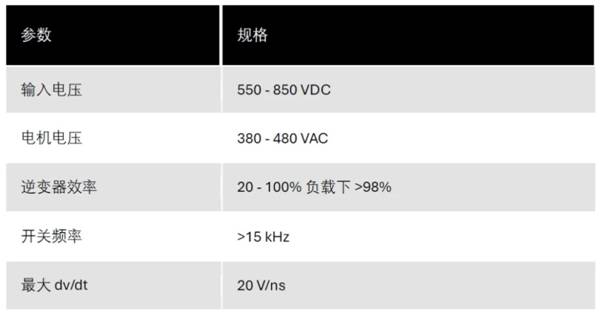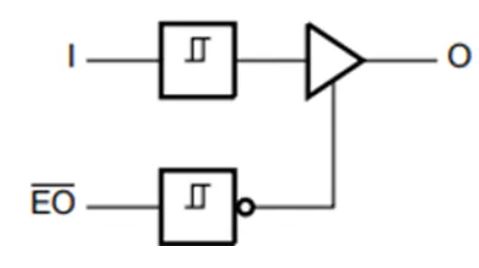Python 编程中常用的12 种基础知识总结:正则表达式替换,遍历目录办法,列表按列排序、去重,字典排序,字典、列表、字符串互转,时刻方针操作,指令行参数解析(getopt),print 格式化输出,进制转化,python 调用体系指令或许脚本,Python 读写文件。
1、正则表达式替换
方针: 将字符串 line 中的 overview.gif 替换成其他字符串

留意: 其间 1 是匹配到的数据,能够经过这样的办法直接引证
2、遍历目录办法
在某些时分,咱们需求遍历某个目录找出特定的文件列表,能够经过os.walk办法来遍历,十分便利
import os
fileList = []
rootdir = /data
for root, subFolders, files in os.walk(rootdir):
if ‘.svn’ in subFolders: subFolders.remove(‘.svn’) # 扫除特定目录
for file in files:
if file.find(.t2t) != -1:# 查找特定扩展名的文件
file_dir_path = os.path.join(root,file)
fileList.append(file_dir_path)
print fileList
3、列表按列排序(list sort)
假如列表的每个元素都是一个元组(tuple),咱们要依据元组的某列来排序的化,可参阅如下办法
下面比方咱们是依据元组的第2列和第3列数据来排序的,并且是倒序(reverse=True)
>>> a = [(‘2011-03-17’, ‘2.26’, 6429600, ‘0.0’), (‘2011-03-16’, ‘2.26’, 12036900, ‘-3.0’),
(‘2011-03-15’, ‘2.33’, 15615500,’-19.1′)]
>>> print a[0][0]
2011-03-17
>>> b = sorted(a, key=lambda result: result[1],reverse=True)
>>> print b
[(‘2011-03-15’, ‘2.33’, 15615500, ‘-19.1’), (‘2011-03-17’, ‘2.26’, 6429600, ‘0.0’),
(‘2011-03-16’, ‘2.26’, 12036900, ‘-3.0’)]
>>> c = sorted(a, key=lambda result: result[2],reverse=True)
>>> print c
[(‘2011-03-15’, ‘2.33’, 15615500, ‘-19.1’), (‘2011-03-16’, ‘2.26’, 12036900, ‘-3.0’),
(‘2011-03-17’, ‘2.26’, 6429600, ‘0.0’)]
4、列表去重(list uniq)
有时分需求将list中重复的元素删去,就要运用如下办法
>>> lst= [(1,’sss’),(2,’fsdf’),(1,’sss’),(3,’fd’)]
>>> set(lst)
set([(2, ‘fsdf’), (3, ‘fd’), (1, ‘sss’)])
>>>
>>> lst = [1, 1, 3, 4, 4, 5, 6, 7, 6]
>>> set(lst)
set([1, 3, 4, 5, 6, 7])
5、字典排序(dict sort)
一般来说,咱们都是依据字典的key来进行排序,可是咱们假如想依据字典的value值来排序,就运用如下办法
>>> from operator import itemgetter
>>> aa = {a:1,sss:2,ffdf:’5′,ffff2:’3′}
>>> sort_aa = sorted(aa.items(),key=itemgetter(1))
>>> sort_aa
[(‘a’, ‘1’), (‘sss’, ‘2’), (‘ffff2’, ‘3’), (‘ffdf’, ‘5’)]
从上面的运转成果看到,依照字典的value值进行排序的
6、字典,列表,字符串互转
以下是生成数据库衔接字符串,从字典转化到字符串
>>> params = {server:mpilgrim, database:master, uid:sa, pwd:secret}
>>> [%s=%s % (k, v) for k, v in params.items()]
[‘server=mpilgrim’, ‘uid=sa’, ‘database=master’, ‘pwd=secret’]
>>> ;.join([%s=%s % (k, v) for k, v in params.items()])
‘server=mpilgrim;uid=sa;database=master;pwd=secret’
下面的比方 是将字符串转化为字典
>>> a = ‘server=mpilgrim;uid=sa;database=master;pwd=secret’
>>> aa = {}
>>> for i in a.split(‘;’):aa[i.split(‘=’,1)[0]] = i.split(‘=’,1)[1]
…
>>> aa
{‘pwd’: ‘secret’, ‘database’: ‘master’, ‘uid’: ‘sa’, ‘server’: ‘mpilgrim’}
7、时刻方针操作
将时刻方针转化成字符串
>>> import datetime
>>> datetime.datetime.now().strftime(%Y-%m-%d %H:%M)
‘2011-01-20 14:05’
时刻巨细比较
>>> import time
>>> t1 = time.strptime(‘2011-01-20 14:05’,%Y-%m-%d %H:%M)
>>> t2 = time.strptime(‘2011-01-20 16:05’,%Y-%m-%d %H:%M)
>>> t1 > t2
False
>>> t1 t2
True
时刻差值核算,核算8小时前的时刻
>>> datetime.datetime.now().strftime(%Y-%m-%d %H:%M)
‘2011-01-20 15:02’
>>> (datetime.datetime.now() – datetime.timedelta(hours=8)).strftime(%Y-%m-%d %H:%M)
‘2011-01-20 07:03’
将字符串转化成时刻方针
>>> endtime=datetime.datetime.strptime(‘20100701’,%Y%m%d)
>>> type(endtime)
>>> print endtime
2010-07-01 00:00:00
将从 1970-01-01 00:00:00 UTC 到现在的秒数,格式化输出
>>> import time
>>> a = 1302153828
>>> time.strftime(%Y-%m-%d %H:%M:%S,time.localtime(a))
‘2011-04-07 13:23:48’
8、指令行参数解析(getopt)
通常在编写一些日运维脚本时,需求依据不同的条件,输入不同的指令行选项来完成不同的功用 在Python中供给了getopt模块很好的完成了指令行参数的解析,下面间隔阐明。请看如下程序:
#!/usr/bin/env python
# -*- coding: utf-8 -*-
import sys,os,getopt
def usage():
print ””’
Usage: analyse_stock.py [options…]
Options:
-e : Exchange Name
-c : User-Defined Category Name
-f : Read stock info from file and save to db
-d : delete from db by stock code
-n : stock name
-s : stock code
-h : this help info
test.py -s haha -n HA Ha
”’
try:
opts, args = getopt.getopt(sys.argv[1:],’he:c:f:d:n:s:’)
except getopt.GetoptError:
usage()
sys.exit()
if len(opts) == 0:
usage()
sys.exit()
for opt, arg in opts:
if opt in (‘-h’, ‘–help’):
usage()
sys.exit()
elif opt == ‘-d’:
print del stock %s % arg
elif opt == ‘-f’:
print read file %s % arg
elif opt == ‘-c’:
print user-defined %s % arg
elif opt == ‘-e’:
print Exchange Name %s % arg
elif opt == ‘-s’:
print Stock code %s % arg
elif opt == ‘-n’:
print Stock name %s % arg
sys.exit()
9、print 格式化输出
9.1、格式化输出字符串
截取字符串输出,下面比方将只输出字符串的前3个字母
>>> str=abcdefg
>>> print %.3s % str
abc
按固定宽度输出,缺乏运用空格补全,下面比方输出宽度为10
>>> str=abcdefg
>>> print %10s % str
abcdefg
截取字符串,依照固定宽度输出
>>> str=abcdefg
>>> print %10.3s % str
abc
浮点类型数据位数保存
>>> import fpformat
>>> a= 0.0030000000005
>>> b=fpformat.fix(a,6)
>>> print b
0.003000
对浮点数四舍五入,首要运用到round函数
>>> from decimal import *
>>> a =2.26
>>> b =2.29
>>> c = Decimal(a) – Decimal(b)
>>> print c
-0.03
>>> c / Decimal(a) * 100
Decimal(‘-1.327433628318584070796460177’)
>>> Decimal(str(round(c / Decimal(a) * 100, 2)))
Decimal(‘-1.33’)
9.2、进制转化
有些时分需求作不同进制转化,能够参阅下面的比方(%x 十六进制,%d 十进制,%o 八进制)
>>> num = 10
>>> print Hex = %x,Dec = %d,Oct = %o %(num,num,num)
Hex = a,Dec = 10,Oct = 12
10、Python调用体系指令或许脚本
运用 os.system() 调用体系指令 , 程序中无法获得到输出和返回值
>>> import os
>>> os.system(‘ls -l /proc/cpuinfo’)
>>> os.system(ls -l /proc/cpuinfo)
-r–r–r– 1 root root 0 3月 29 16:53 /proc/cpuinfo
0
运用 os.popen() 调用体系指令, 程序中能够获得指令输出,可是不能得到履行的返回值
>>> out = os.popen(ls -l /proc/cpuinfo)
>>> print out.read()
-r–r–r– 1 root root 0 3月 29 16:59 /proc/cpuinfo
运用 commands.getstatusoutput() 调用体系指令, 程序中能够获得指令输出和履行的返回值
>>> import commands
>>> commands.getstatusoutput(‘ls /bin/ls’)
(0, ‘/bin/ls’)
11、Python 捕获用户 Ctrl+C ,Ctrl+D 事情
有些时分,需求在程序中捕获用户键盘事情,比方ctrl+c退出,这样能够更好的安全退出程序
try:
do_some_func()
except KeyboardInterrupt:
print User Press Ctrl+C,Exit
except EOFError:
print User Press Ctrl+D,Exit
12、Python 读写文件
一次性读入文件到列表,速度较快,适用文件比较小的情况下
track_file = track_stock.conf
fd = open(track_file)
content_list = fd.readlines()
fd.close()
for line in content_list:
print line
逐行读入,速度较慢,适用没有满足内存读取整个文件(文件太大)
fd = open(file_path)
fd.seek(0)
title = fd.readline()
keyword = fd.readline()
uuid = fd.readline()
fd.close()
写文件 write 与 writelines 的差异
Fd.write(str) : 把str写到文件中,write()并不会在str后加上一个换行符
Fd.writelines(content) : 把content的内容悉数写到文件中,原样写入,不会在每行后边加上任何东西









